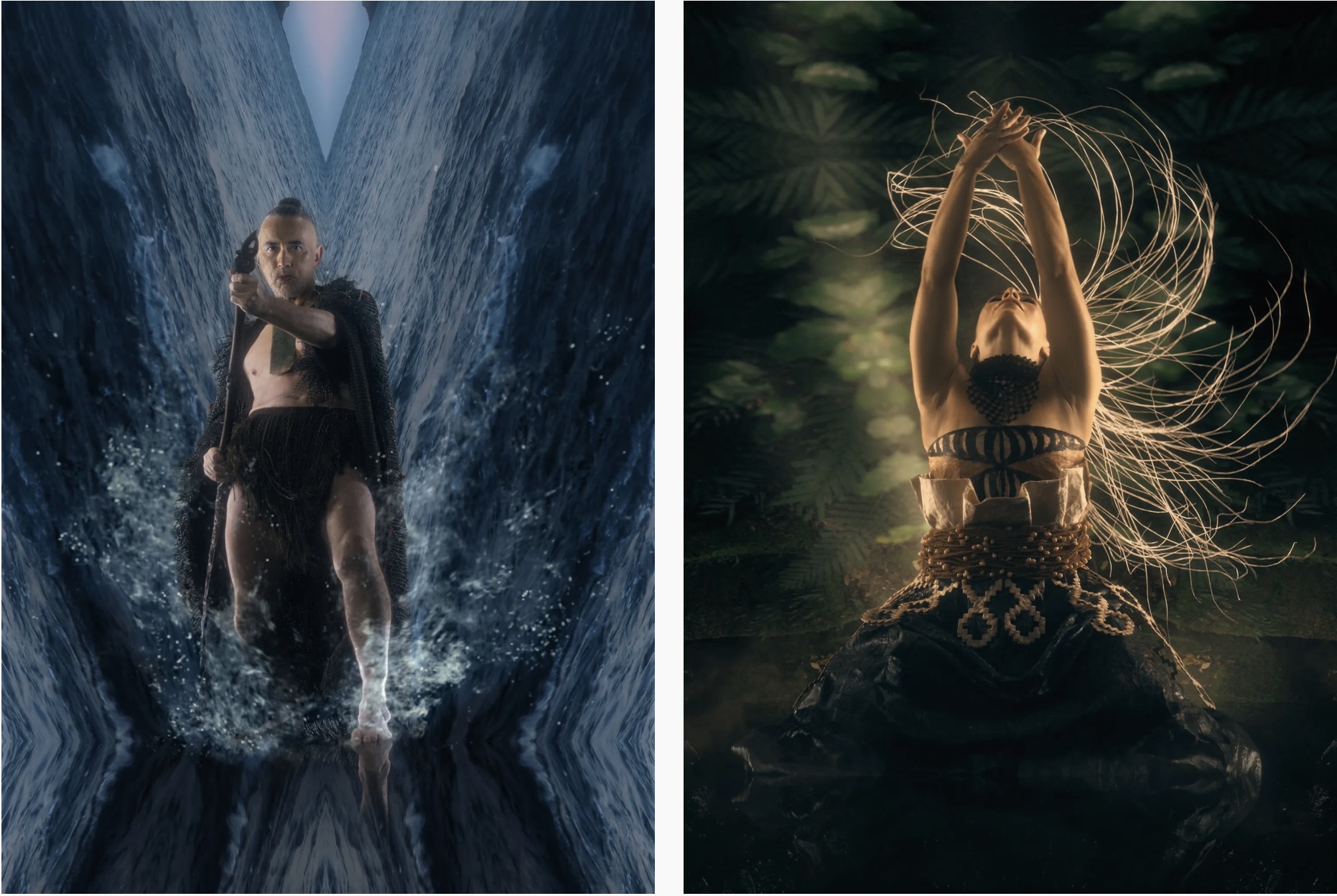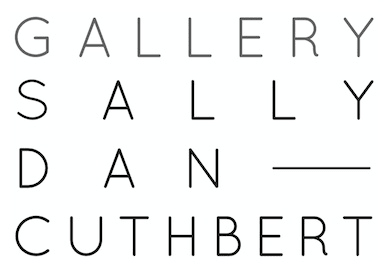Sally Dan-Cuthbert answers our questions ahead of her eponymous gallery's debut at the 2025 Aotearoa Art Fair, presenting works by Sabine Marcelis, Lisa Reihana and Edward Waring.
Your gallery is known for presenting artists who blur the line between art and design—how do you describe the ethos of Gallery Sally Dan-Cuthbert to someone encountering it for the first time?
The gallery’s programme celebrates a diverse, holistic approach to media in art and design, with carefully orchestrated intersections of these parallel disciplines. We present emerging, mid-career and established artists and designers delivering an intergenerational programme of rigorous, contemporary art and collectible design that speaks to time spent in Australia and New Zealand. The gallery’s ethos is an all inclusive one, recognising, promoting and celebrating generously visual art, craft and design in equal measure. Living in a layered environment is, in our opinion, a far more rewarding one than a purely two dimension space. We aim to stimulate the senses and mind in all forms of art and design.
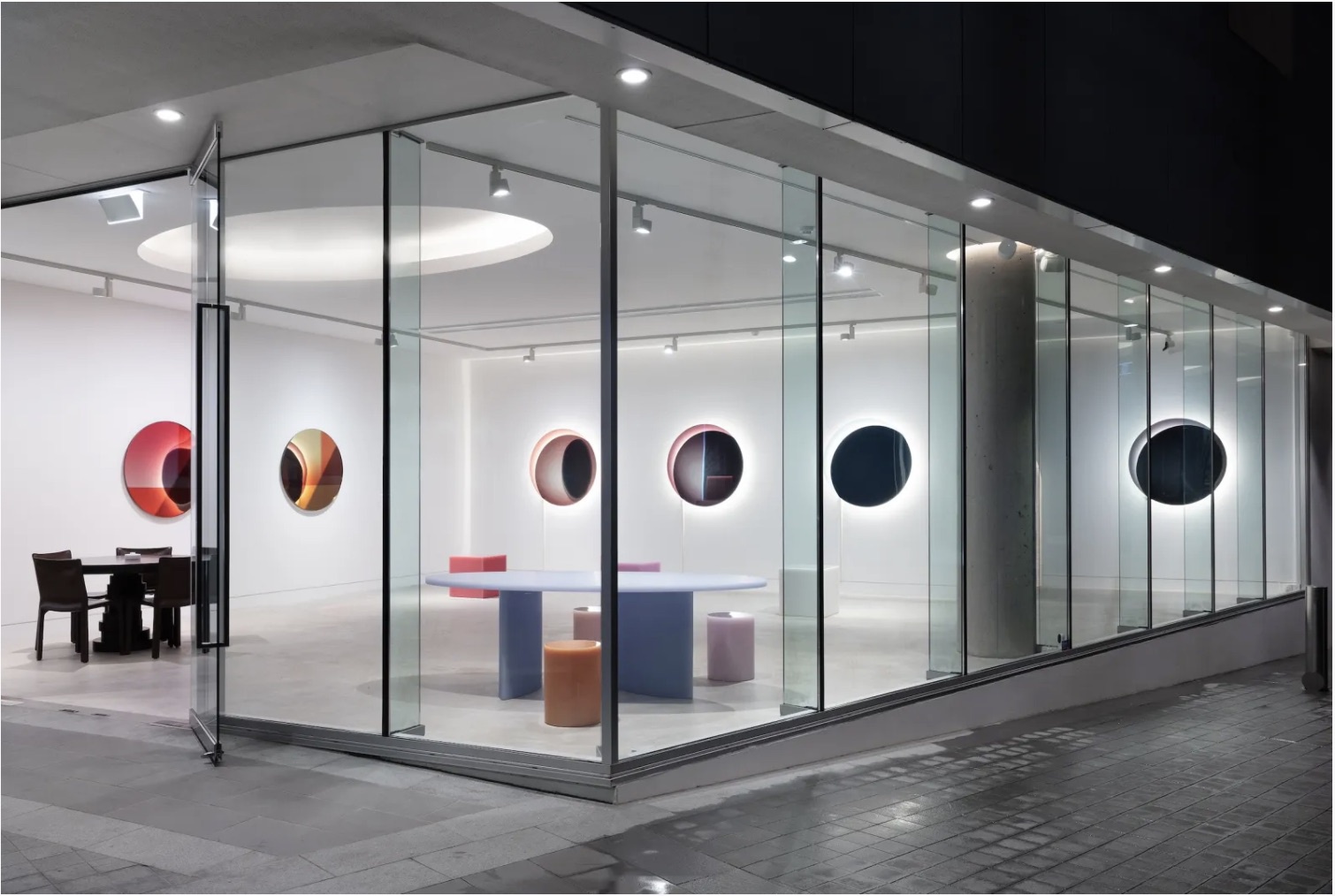
Can you share a bit about how this particular booth came together? What was the thinking behind bringing Sabine Marcelis, Lisa Reihana, and Edward Waring into conversation with each other?
The 2025 Aotearoa Art Fair is the first we are attending in-person, and the gallery decided to present artists with ties to New Zealand, but with each also recognised internationally. Sabine Marcelis was born in the Netherlands but spent her childhood and formative years in Waihi before attending the Victoria University in Wellington. She returned to the Netherlands to study at the Design Academy Eindhoven. Edward Waring was born in Lyttelton before moving to Sydney at the age of twenty-three. Lisa Reihana was born, educated, and lives and works in Auckland. Lisa is an alumna of the University of Auckland.
Each of the three artists credit their upbringing in New Zealand as pivotal to the people they are and the works that they make. There is certainly an underlying sensitivity to each artist’s work that when presented side by side I believe visitors will experience.
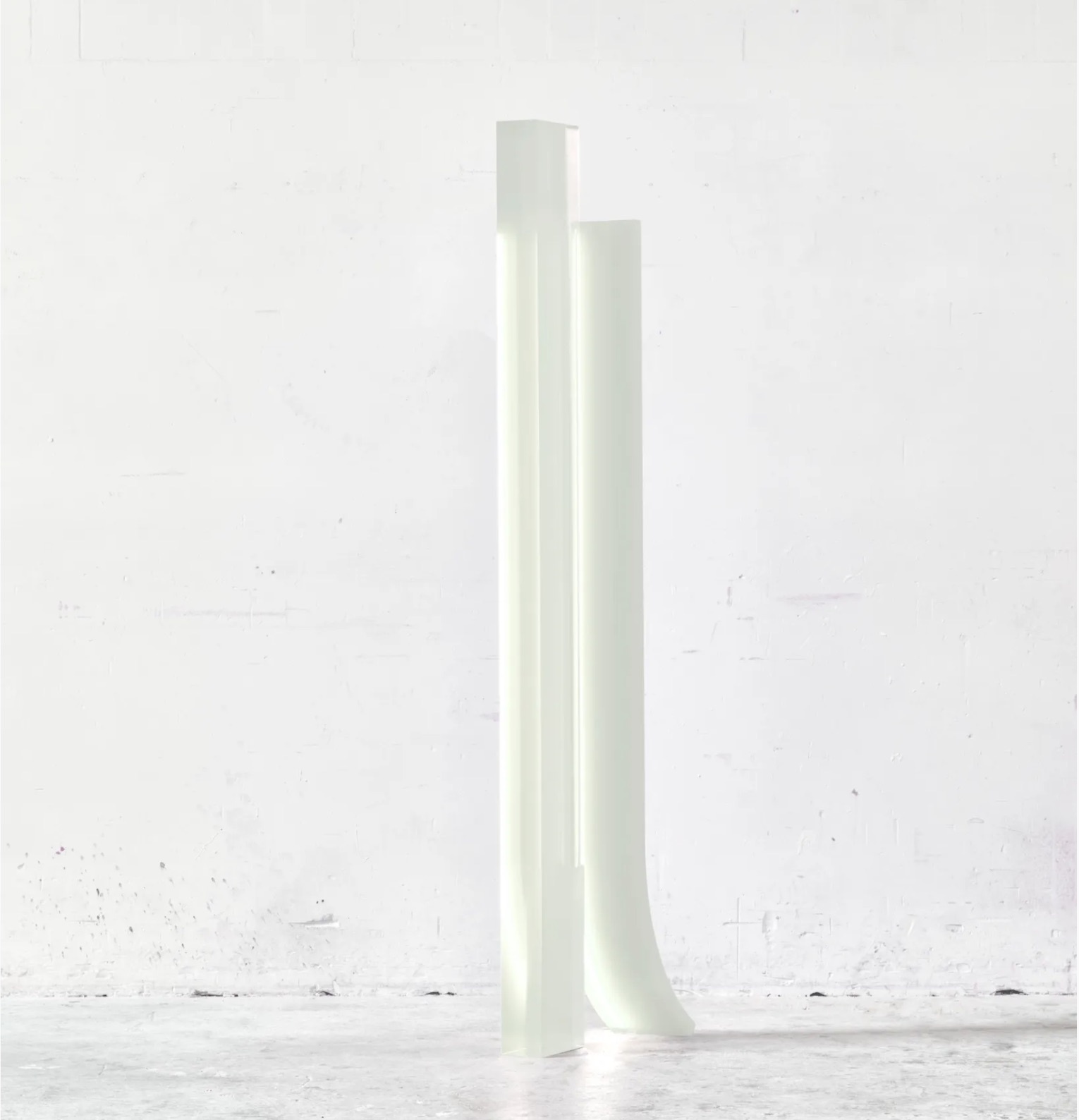
Marcelis’s work often seems to dissolve the boundary between object and atmosphere. Were there any surprising moments in working with her new pieces for this presentation?
Sabine’s practice is at once fine and beautiful and the works we are presenting represent different aspects of her practice—art, design and sculpture. These are unified in Sabine’s fascination with emotional responses evoked through colour, light and form. Through extensive research and development in her studio and beyond she has become a leader in the field of art and design working with cast resin, glass and solar. It is exciting to bring a selection of works for Sabine’s debut presentation in New Zealand. I’m not sure there are surprising moments, however, given that, in her teenage years, Sabine trained with the New Zealand Aerial Ski team before deciding to pursue her other passion, art, perhaps the Slide Light could be a subconscious, surprising moment of ski déja-vu?
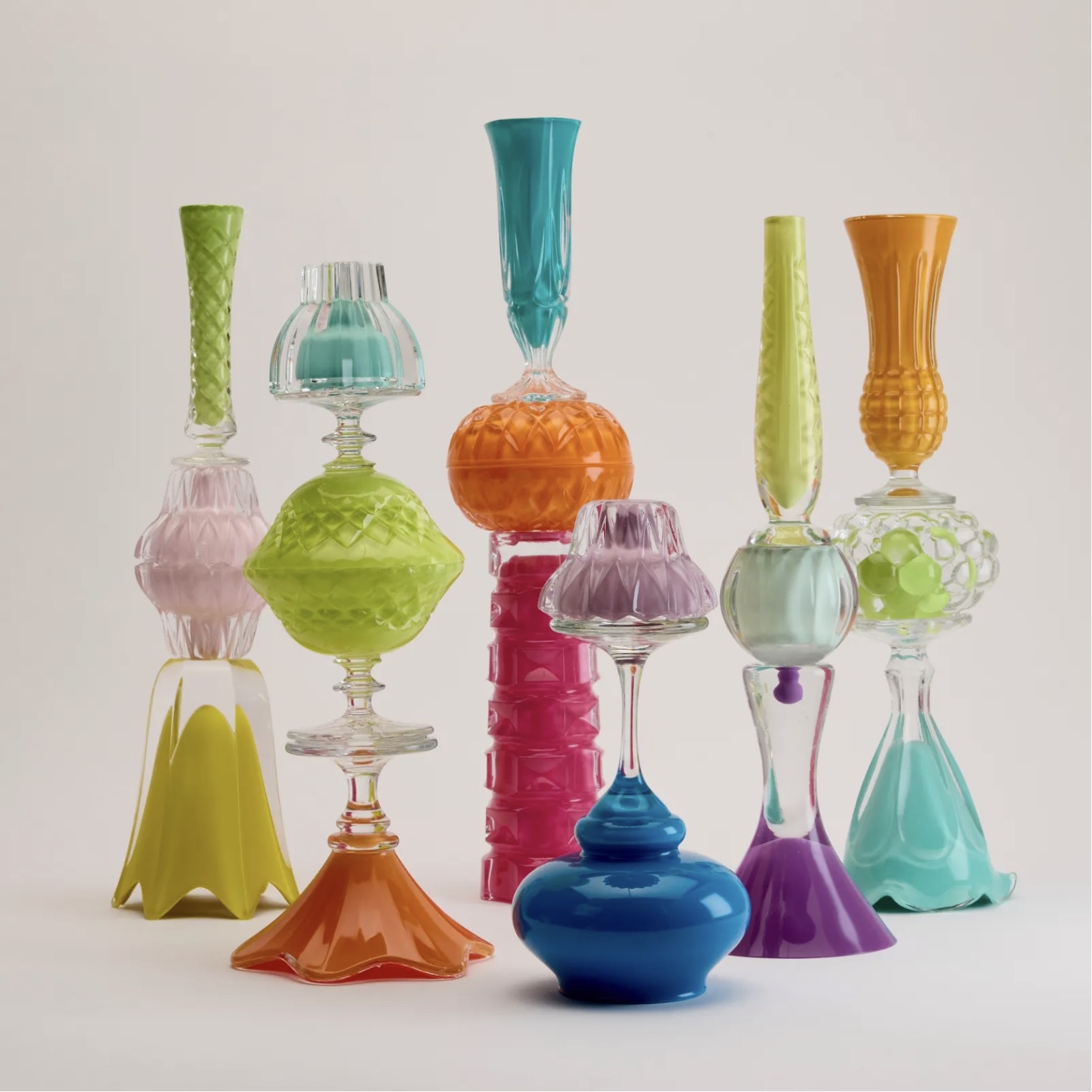
Edward Waring’s use of materials feels incredibly timely — can you tell us an interesting story about how one of his sculptures for this fair came to be?
Edward Waring has been successfully creating new objects from repurposed crystal and glass for more than a decade. His sell-out solo with the gallery in 2023 celebrated the wonderful women he grew up with in New Zealand, remembered through the special repurposed crystal objects which sat revered but often unused in their drawing and dining rooms. Edward continues to develop his practice. Remaining dedicated, relevant and curious, he is delving deeper into the world of music, comics and space cities to inform his work. The works being presented at the fair are pivotal works which bridge Edward’s previous series and the next iteration of his practice.
